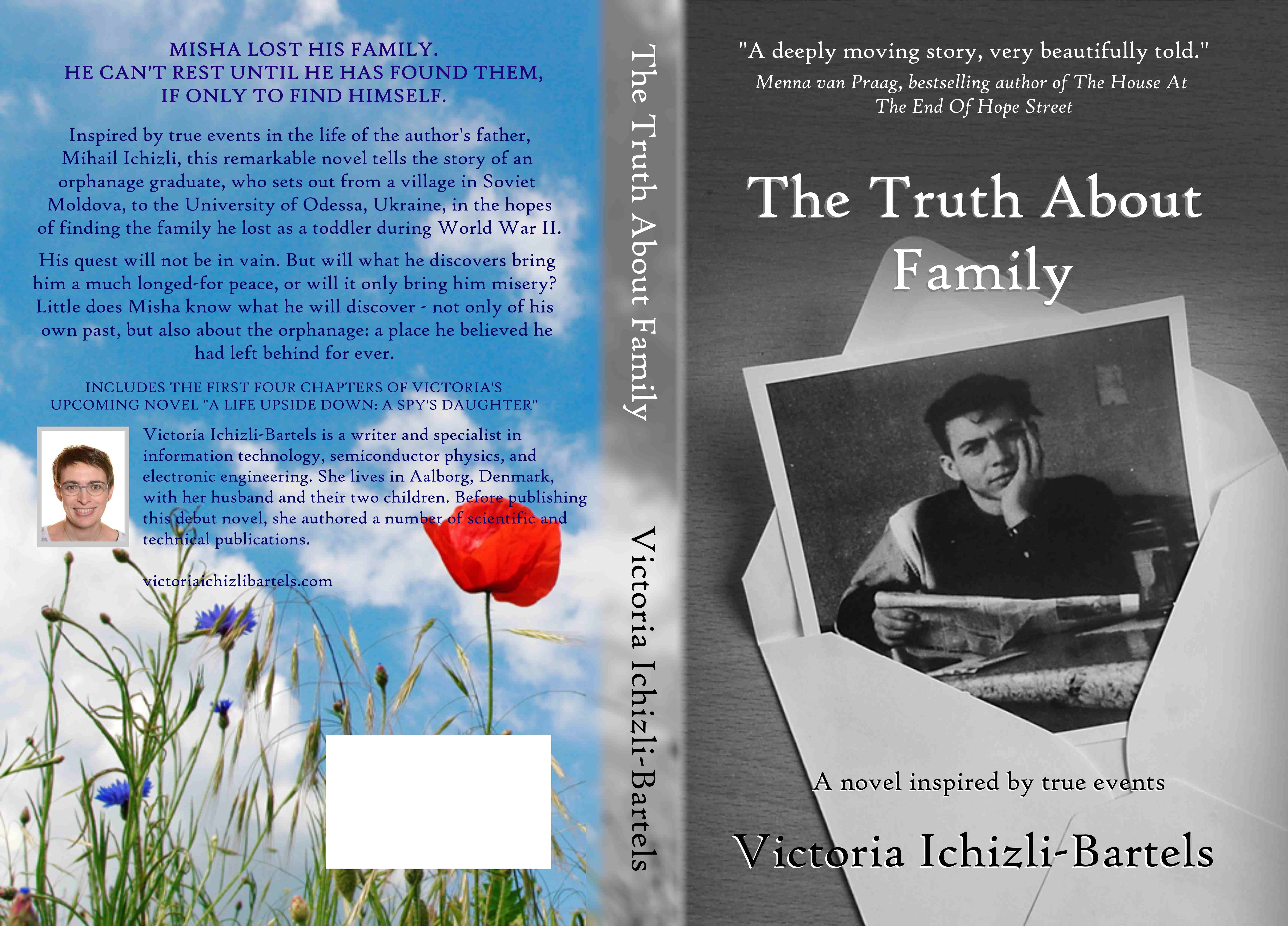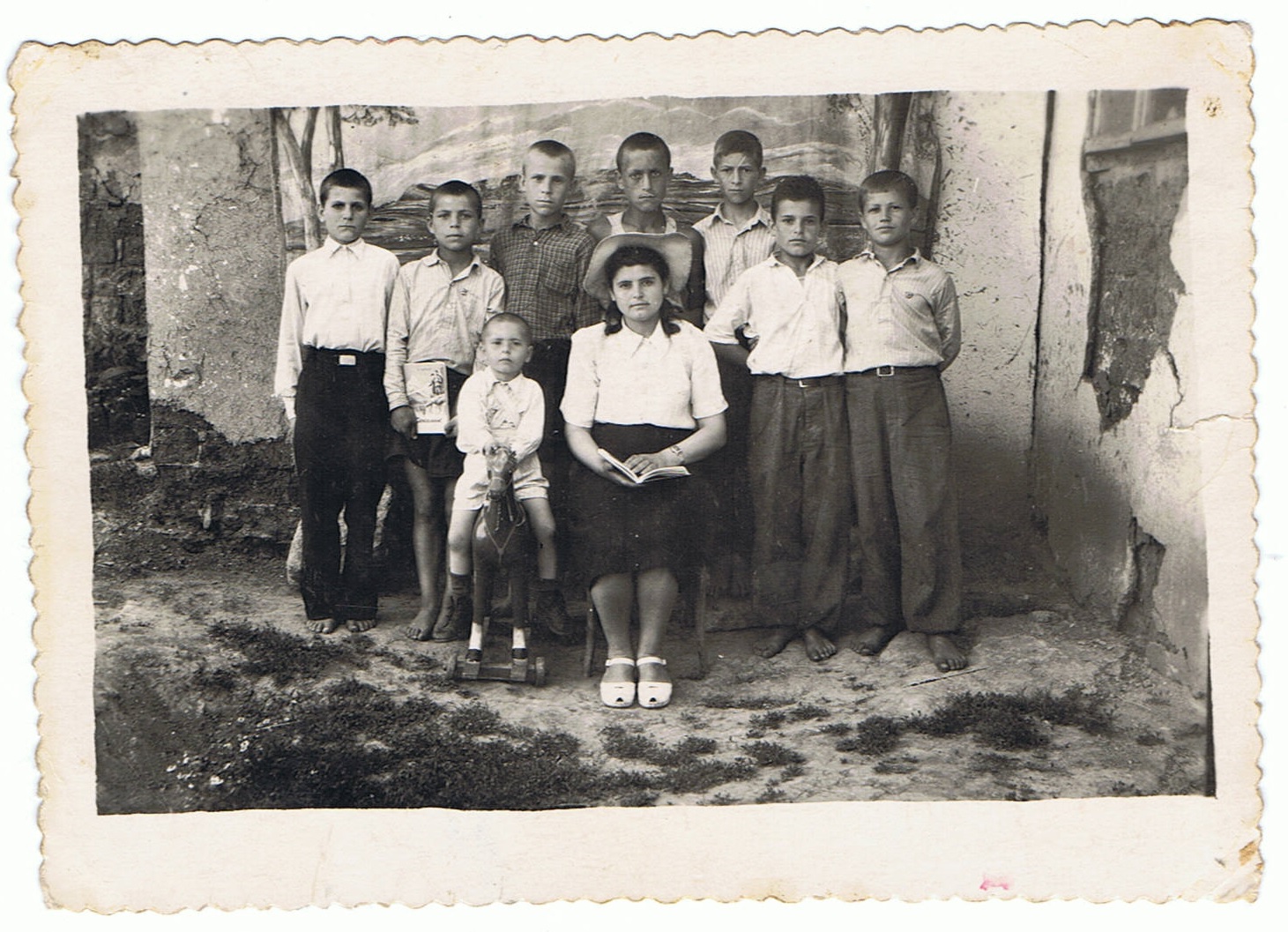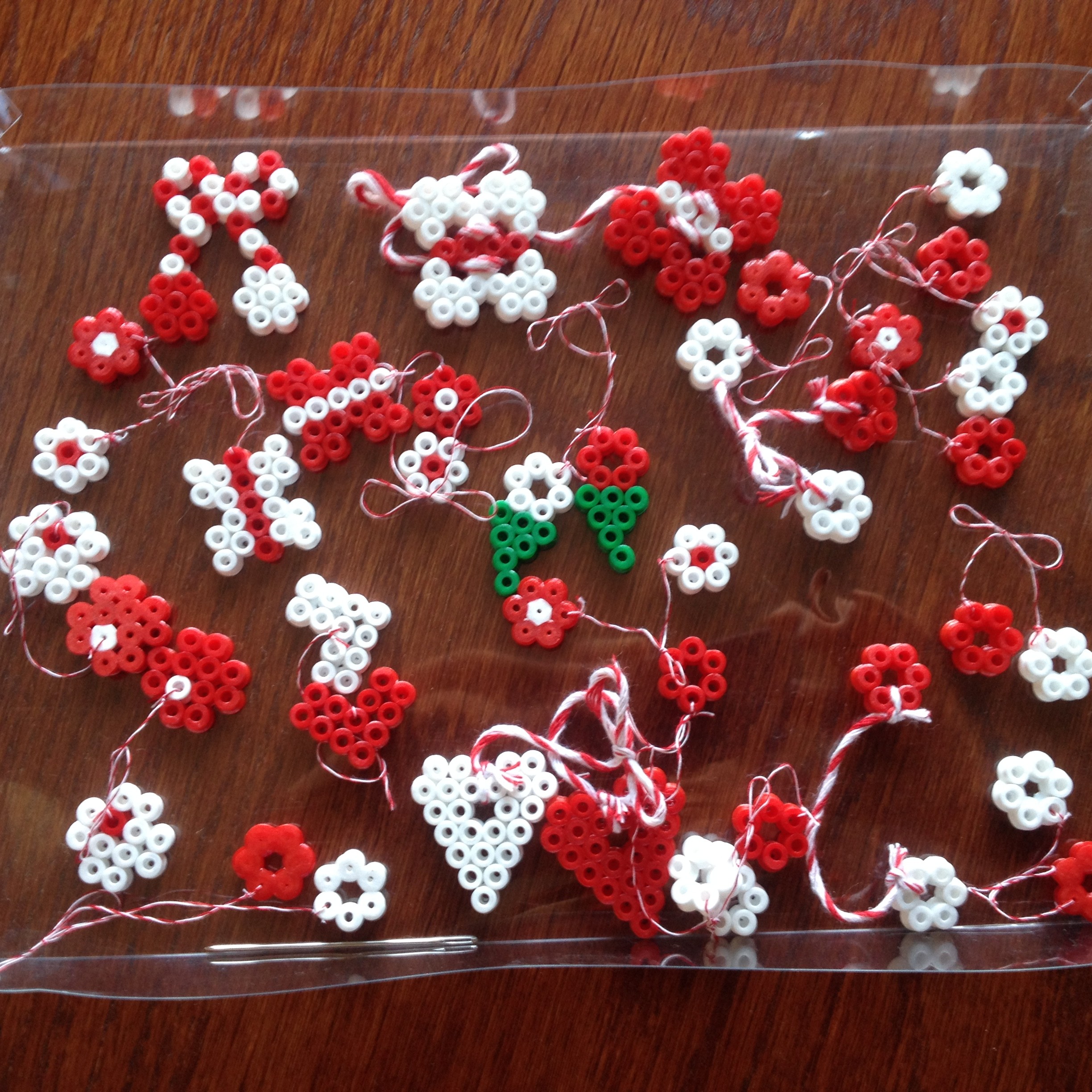Note: The post below was updated to reflect the latest developments.
As some of you know already, my first novel is now published. You can see a short description and links to retailers at my homepage.
The process:
I have to confess something.
I gave myself ten weeks to publish the novel, but since quite some time I wanted to publish this novel until end of March. And I am thrilled to have managed it.
It was quite an unusual experience to be aware of the stress I was making myself and doing all to be kind both to myself and to my readers. No one wants to here: “the launch is postponed”. So, I reserved more time for the whole process but pushed with all force to achieve my personal secret wish.
And it worked. Both e-book and paperback formats are available, whereas the e-book can be found with many different retailers. So my book has started its journey. I even sold several e-book copies already!
And many friends has sent congratulating messages saying that they are eager to read it. Their intention makes me feel a bit dizzy. It is wonderful to know that they will read the words I have put down on paper. The words read and re-read by me and by my wonderful beta-readers Mihaela and Marcy, by my great editor Alice Jago, by my terrific writing teacher Menna van Praag, and parts of it by my fellow writers from “Passionate Writers” group. The words packed in a wonderful cover created in a team work between Alice and me and supported by my family. My dear, dear supporters, you will read the thanks in the Acknowledgments section of my book, but I would also like to thank you so much here for all your help!
A few more words on the process. I have spent two nights on publishing during the last weekend: first the e-book and then the paper-back. Both nights until 4 a.m. But the interesting thing was that I didn’t feel tired. As soon as I started the process, I couldn’t stop until there was nothing to do but wait for the answer from reviewers at the retailers’ and printer’s side.
It was a strange and amazing mixture of relative smoothness and being-undramatic of the technical side of the process and an extreme roller-coaster of emotions and excitement inside me.
Quote/Excerpt:
The excerpt for this (probably) last post with quoted parts from my first novel is the prologue in its full length.
***
Prologue
Stinging heat woke him. As he opened his eyes he saw a wall of fire where the windows were supposed to be.
Mommy always told him to keep away from these hot orange-red tongues, which once had painfully licked his thumb and index finger.
But now this hot, red monster crawled with a loud hiss toward him all by itself. Not knowing what to do, he called as loudly as he could for Mommy.
No one answered. He wanted to be brave like his Daddy had taught him to be, but he could not contain the sobs, which now mixed with his cries: “Mommy, Mommy, come! Mommy, Mommy, I’m scared!”
A whisper stopped him. “Sshh! Hush, baby, hush! You’ll be all right. Be quiet now.”
He turned to see who had called to him and, through the choking clouds of smoke, he noticed a woman he had never seen before.
He withdrew from her. Mommy and Daddy had told him not to talk to strangers, but just as he was about to fall backwards into the fire, the woman grabbed him and dashed from the room through the door frame that had already caught fire.
She carried him through the hallway, down the stairs and then through an even larger hallway to the main entrance. “It’s all right, little one, everything will be fine, you are safe with me, but you have to be quiet.”
Something in her voice convinced him she was telling the truth. And he wanted to get away from the fire. So he decided not to fight and to let her carry him.
She suddenly stopped at the entrance and lingered a bit, hiding behind the curtains of the nearby window.
He looked up at the woman, followed her line of sight and saw a small group of soldiers passing by. The men glanced at the burning house and laughed. The fire took hold of the back of the house so they could not escape through the back door. The front side hadn’t caught fire yet, so they waited inside, unnoticed. He didn’t understand why they waited. But the way the woman was hiding reminded him of hide and seek and he knew that it was important to be still. So he kept checking the woman’s face to guess when the game was over and they should run out shouting: “We won, we won! You didn’t find us!”
Sizzling and cracking noises of burning furniture got closer. This was not a game he knew. He was never allowed to play with fire. He held tight to the woman’s shoulders as he gazed at the fire behind her. In this moment he felt the woman shift her weight, move closer to the front door, and open it carefully. Then she moved him onto one arm, grabbed his boots from behind the door with her free hand and went through it, closing the door behind her.
“Are Mommy and Daddy coming with us?”
The woman didn’t answer.
***
Picture:
Cover of the paperback brought to its beautiful finish by Alice Jago.
P.S. Happy Easter!








